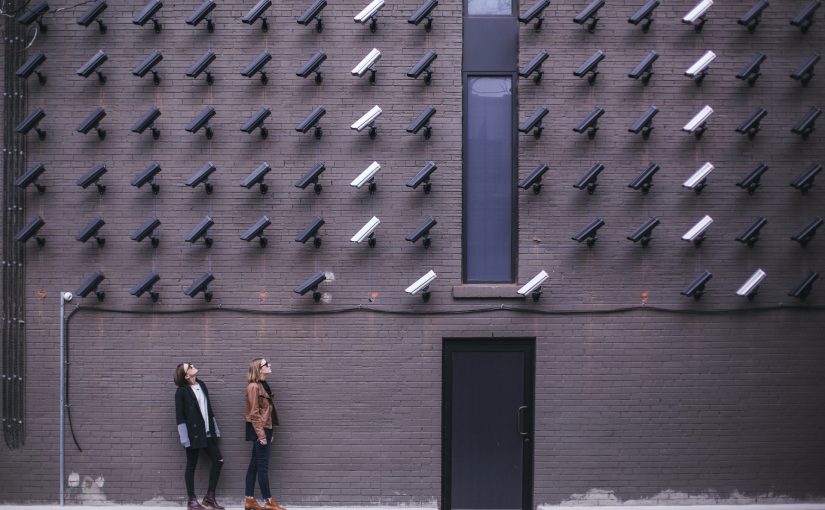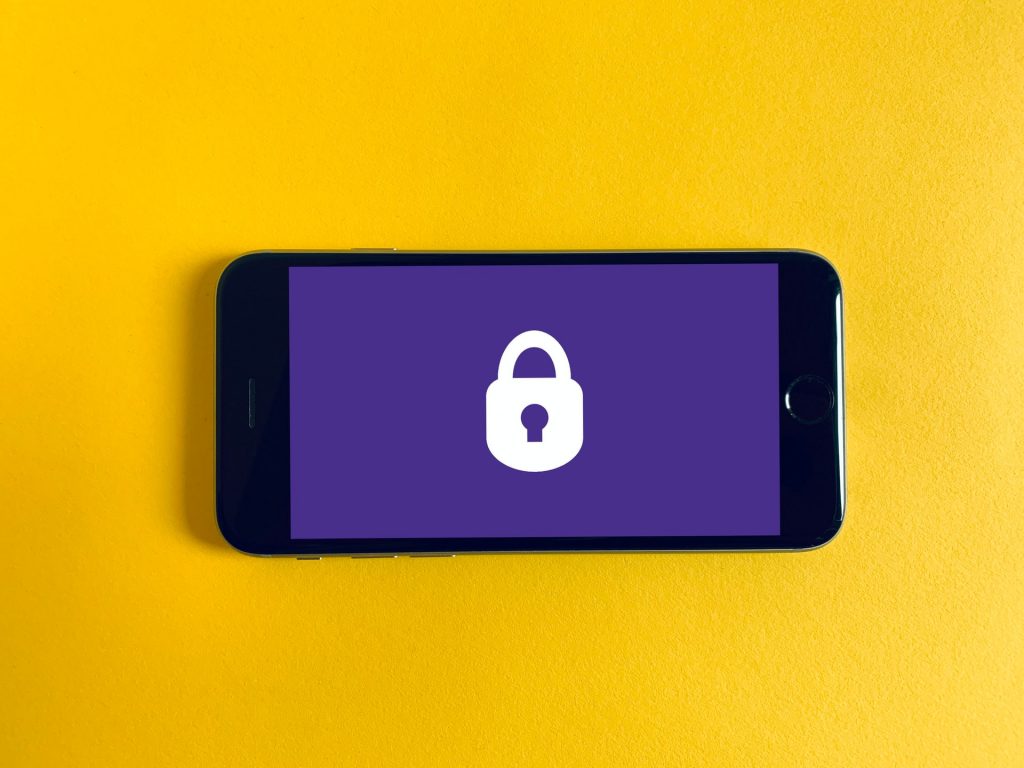The classic view of a security threat is a burglar cloaked in black clothing, tiptoeing at your door in the middle of the night trying to get in. However, the reality is that security threats come in many different forms especially now we are in the digital age.
So when it comes to keeping your home or business safe, there’s no such thing as a one size fits all approach. Instead, different measures are needed, including aspects relating to both your physical and cybersecurity.
In many cases, physical and cybersecurity are separate entities, but given they both work towards the same goal of keeping you and your property safe, are there any crossovers? Here are our thoughts.
Physical Security
Physical security relates to protecting objects or assets including the contents of homes and businesses. Potential threats can include theft, trespassing, criminal damage, violence, antisocial behaviour, vehicle damage and more.
In some ways, physical security is easier to comprehend as we have had a lot more time to understand how criminals work in the real world and the best ways to prevent their attacks. For example, we know that leaving valuables on display or doors unlocked may attract thieves.
There is also a sense of peace of mind when it comes to the physical security features you install. A high fence, locks on the gate and of course, CCTV cameras can instantly make you feel safe, while simultaneously alerting would-be criminals that the area is being watched.
Physical Security Examples
- Locks
- Security fencing
- Security guards
- Burglar alarms
- CCTV cameras
- CCTV control room
Cyber Security
Cybersecurity considers threats to your personal information or devices as a whole. The reasons criminals want to steal your information are almost always money motivated. Attacks can include identity theft, phishing, malware attacks, romance fraud and many more.
The problem with cybersecurity threats is that the ways in which criminals operate are ever-changing. In addition, not everyone has education about how to stay safe online. The fact that cybercriminals are incredibly sophisticated means people may not realise they are entering their passwords or personal information into a fraudulent website.
So cybersecurity tries to make a criminal’s job as difficult as possible by encrypting information and requiring user intervention to complete certain tasks online. The one downside with cybersecurity is that it requires constant review to keep on top of the latest threats, so users can’t afford to get complacent.
Cyber Security Examples
- Computer security software
- Password protection
- VPN
- Alerts to phone or email address
- Not giving out your personal information online
- Social media privacy settings
We asked a cybersecurity specialist to tell us their best piece of advice for keeping your digital footprint secure and they said that there are a number of things that all work together to keep you secure.
Casey Crane from The SSL Store told us that “network security is crucial for businesses and users alike. If the network that your physical devices are connected to isn’t secure, then it leaves you vulnerable to cyber-attacks and data breaches. Attackers can use insecure devices and applications as footholds to gain access to your larger network, which can result in devastating effects for your business and customers. Companies must take steps to protect their internal and external networks and mitigate risks from various threat actors.”
Combining Physical And Cyber Security
Ultimately, physical and cybersecurity work in tandem because they are there to protect you and your assets. Ignoring one can be likened to going to the gym and only working on your arms, and wondering why your legs aren’t getting toned. Instead, you need to consider security as a whole and this includes physical as well as digital assets.
The process involves starting with your physical security, which can have cyber elements built-in. As an example, CCTV footage can be remotely uploaded to the cloud so that even if the cameras themselves are destroyed, the footage is not. Similarly, mobile phones, tablets, smartwatches and similar devices can have alerts placed on them, so if they are stolen they can be tracked.
When it comes to cybersecurity, the technology can only work on devices that facilitate the full range of features. So if your computer or phone is not capable of installing the latest updates or versions of software, it’s time to upgrade them if you want to stay safe online.
Get Remote CCTV Monitoring
One of the best ways to protect your property is through CCTV. But did you know RE:SURE offers remote CCTV that is connected to our control room? This means that instead of reviewing the footage after the event has happened, we can catch perpetrators in the act and call the police on your behalf before they have a chance to do anything.
If you are interested in getting remote CCTV to protect your home or business, drop us a line on IRE 01 691 7100 | UK 028 8676 1183 and our friendly team will be more than happy to help.



